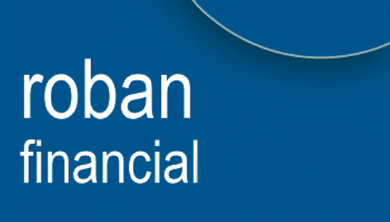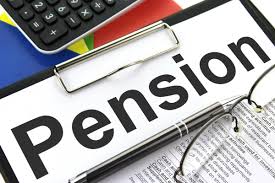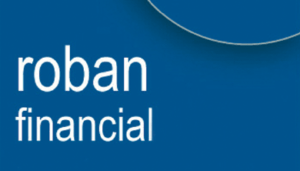A Comparative Overview
In Ireland, significant pension reforms are underway with the proposed Auto Enrolment (AE) system set to complement existing Occupational Defined Contribution (DC) pension schemes.
Occupational Defined Contribution (DC) Pensions are a type of group pension scheme. These schemes are set up by employers to provide retirement benefits for their employees. In a DC pension, both the employer and the employees contribute to the pension fund. The amount accumulated in the pension pot depends on the contributions made and the performance of the investment options chosen. The final pension amount is not fixed but varies based on these factors. These plans are common in both private and public sectors and are designed to provide employees with retirement income based on the accumulated contributions and investment gains
Here’s an in-depth comparison of both AE & DC schemes:
Detailed Comparison of Key Features
Eligibility: DC schemes provide flexibility, allowing employers to determine who joins and when. In contrast, AE mandates enrolment for all employees aged 23 to 60 earning over €20,000, which may necessitate adjustments in current eligibility rules.
Contribution Rates: Employers control the rates in DC schemes, which can be as high as 40% of taxable earnings. AE starts at lower fixed rates, which gradually increase but do not allow for additional contributions, limiting flexibility.
Tax Relief and Government Contributions: DC schemes offer tax relief at an employee’s marginal rate, significantly benefiting higher earners. AE provides a fixed government contribution, equating to 25% tax relief, less advantageous for higher earners.
Investment Options and Retirement Age: DC plans offer a choice of funds and flexible retirement ages. AE has more restrictive conditions, with fixed funds and retirement benefits aligned with the state pension age.
Charges and Additional Contributions: DC plans may have lower charges and allow for AVCs. AE has capped charges and does not permit one-off contributions, affecting overall value and flexibility.
From an employee’s standpoint, the introduction of two pension systems means that different features will attract different groups. For instance, employees earning over €20,000 who don’t pay tax might find the AE scheme’s government contribution of €1 for every €3 contributed appealing. In contrast, higher earners might favor the Company DC scheme for its superior tax relief and more flexible contribution and benefit options.
When is auto-enrolment expected to start?
Auto-enrolment is expected to begin in the second half of 2024.
Who is eligible for auto-enrolment?
Any employee aged between 23 and 60 earning over €20,000 per year will be automatically enrolled. Those earning less, or outside this age range, can opt to join if they are not already in a pension plan.
What are the contribution rates?
Initially, both the employee and employer will contribute 1.5% of the employee’s annual salary. This rate increases over time, with the government also adding contributions.
Can I opt out of auto-enrolment?
Yes, after being enrolled for six months, employees can opt out during the 7th or 8th month and may stop or pause contributions under certain conditions.
Is there a cap on employer contributions?
Yes, employer contributions are capped at 1.5% of €80,000 of earnings for the first three years, which amounts to a maximum of €1,200 annually.
What happens if I change jobs?
If you change jobs, your pension remains with the auto-enrolment scheme. The scheme follows a ‘pot-follows-the-member’ approach, meaning your pension savings are consolidated into one account, even if you have multiple jobs.
As more details emerge, many companies may find offering a choice between the two systems to be the most practical approach.
This comparative analysis underscores the need for employers to carefully consider the integration of AE with their current pension provisions. Offering a choice between these systems could provide a comprehensive solution tailored to diverse employee needs. For expert guidance on navigating these pension changes, Roban Financial is here to help.
For more information relevant to your own company’s pension scheme, get in touch with Roban Financial.


